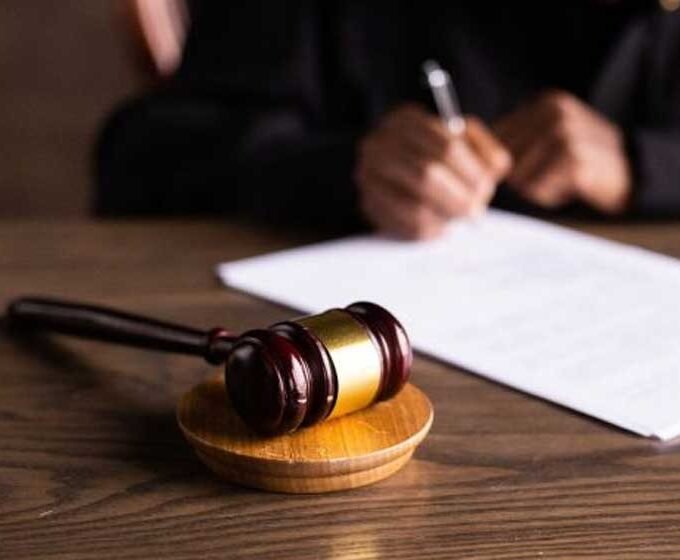Injuries are inevitable in your line of duty. However, you should get compensation for injuries sustained because of another person’s negligence. The defendant’s insurer can settle or deny the claim, after which you can seek legal recourse.
Filing a personal injury lawsuit can be confusing and complicated for beginners. After all, most people get to do that only once in their lifetime. How should you go about suing the defendant and their insurer? What should you expect? We’ll help you understand the legal recourse for personal injuries.
Consult a Personal Injury Attorney
After getting medical attention and collecting relevant evidence, the next step is seeking legal counsel from a personal injury attorney. They will seek clarification on several matters such as accident cause, injuries sustained, medical bills, and how the injuries affect your life. These will help decide whether you have legal standing, so be honest even if you were partly at fault. One of the many highly-regarded and skilled attorneys in this trade, Attorney Nathan Hughey, explains the types of damages that may be awarded for a personal injury claim. These include economic damages, such as hospital costs, missed income, property damages, and non-economic damages, like pain and suffering. Punitive damages may also be granted to penalize the defendant for their negligent actions.
The attorney digs deeper into the analysis by consulting experts like financial specialists to help decide complex problems like lost future earnings or accident reconstruction specialists to help recreate how the crash happened. This process can last between a couple of weeks to a few months.
If the attorney discovers your case can hold water, he will give the go-ahead to sue if the defendant’s insurer doesn’t comply.
Filing a Personal Injury Lawsuit
The litigation process begins when the plaintiff and their lawyer take the necessary documentation for court filing. The document outlines your allegations against the other party and the damages they should pay you. You will also serve the defendants and their summons, explaining why they’re being sued and seeking a response within a specific timeline.
You must adhere to the statute of limitations in your state of residence. This law defines the period you can legally file a personal injury lawsuit. The statute of limitations varies between one and six years, depending on the type of injury and the state. For example, the legal limit for medical malpractice is three years in South Carolina which may increase or decrease in other states.
The Discovery Phase
The main aim of the discovery phase is discovering and understanding your strengths and weaknesses and your opponent’s. Normally, the two sides interrogate each other and take affidavits from key witnesses and other relevant parties, including the plaintiff and the defendant. This step is key to winning the subsequent trial phase.
The discovery phase also uncovers previously unknown facts related to the claim. Your attorney will aggressively dig out witnesses, video evidence, and other forms of evidence about similar incidents in the company. Such evidence is ammunition that will prove lethal for the defendant’s side during trial.
This process usually lasts a year or less, depending on the case intricacies and court deadlines.
Mediation and Negotiation
Mediation and negotiation come after the discovery period. Lawyers from both sides will earnestly start talking of settlement. The attorneys are expected to negotiate among themselves and devise an amicable solution.
If the two opposing sides can’t agree, they will invite a third-party mediator to resolve the case. This is called mediation. The third party should uphold neutrality, meaning they should not lean on either side. Mediation lasts between 24 and 48 hours.
The case ends here if the mediator successfully helps the parties pen down a fair agreement failure to which the matter goes to trial.
Trial and Settlement
Finally, your lawyer will present your case directly before a jury or a judge, depending on the complexity of the claim. After several days or weeks, the judge will deliver the final ruling, hopefully in your favor. The final ruling usually directs the defendants to pay you for specific damages you were seeking, such as pain and suffering, medical bills, and lost earnings.
Final Word
Seeking legal remedies for personal injuries can seem tricky and difficult for first-timers. An experienced attorney will walk through the entire legal process. First, you hire a lawyer and then file a lawsuit in court together. The discovery phase comes after mediation and negotiation, which may end the matter.
Lastly, the matter will proceed to trial and settlement if mediation talks fail. The judge gives a ruling, thus settling the matter.
















